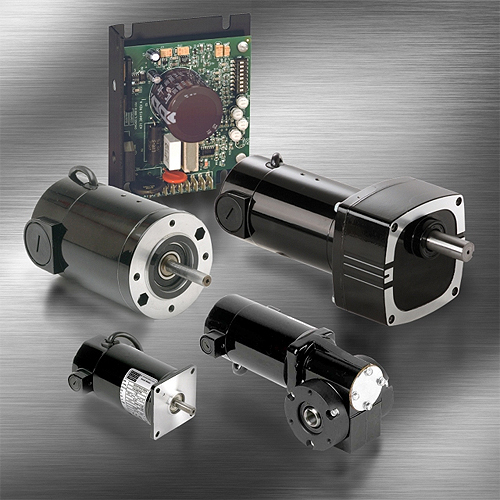
Brush dc motors are a mature technology that’s been around for more than a century. So with brushless motors and an ever-increasing array of controls for all motor types, why do engineers still use brush motors? After all, it’s common knowledge that brush motors exhibit wear at their brush-and-commutator interface.
The truth is that brush dc motors output high peak torques and can run off simple speed controllers to move myriad applications.
They often cost less than other options, especially in large volumes.
Plus they can have a linear torque-speed relationship, which makes controls easier.
These performance characteristics are most helpful in automotive designs, consumer appliances, and personal home goods and toys.
How they work
No matter the subtype, brush dc motors use mechanical switching to change current polarity through the armature windings (and let the armature continue smooth rotation). The mechanical switching assembly (typically made of copper) is the commutator. The brush assembly that interfaces the commutator consists of a brush (made of carbon, metal, graphite or some material combination), a shunt and spring, as well as a brush positioner and interconnection.
May 19th update: Via LinkedIn, Terry Auchstetter, business development manager at Bodine Electric, adds:
“From my experience, brush DC motors make sense in applications that are either mobile, as in Farm Machinery, or that are safety-related and must be able to be powered from a back-up battery, as in Stairlifts or Door Closers, or in remote locations with no AC line available, as in solar-powered chemical injection pumps in Oil & Gas Fields.”
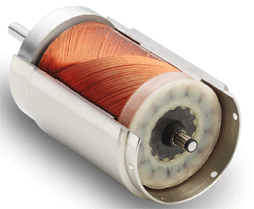
Today, dc brush-motor types abound … but the two most common dc brush-motor types are permanent-magnet brush dc motors and wound-field motors.
Permanent-magnet brush dc motors: Suitable for mobile and more
These motors were developed in the 1950s for power-tool applications. Here’s how they work: Permanent magnets line the inner surface of the stator to create a field flux. The field has high reluctance that minimizes armature interaction, so is steady for consistent output no matter the speed-torque requirement. Varying voltage to the armature (rotor) changes rotary output speed. In closed-loop applications, feedback (from encoders, tachometers, back-electromotive-force or bEMF monitors, and electromagnetic pulse counters) tracks speed to let controls keep the motor on the application’s momentary target speed.
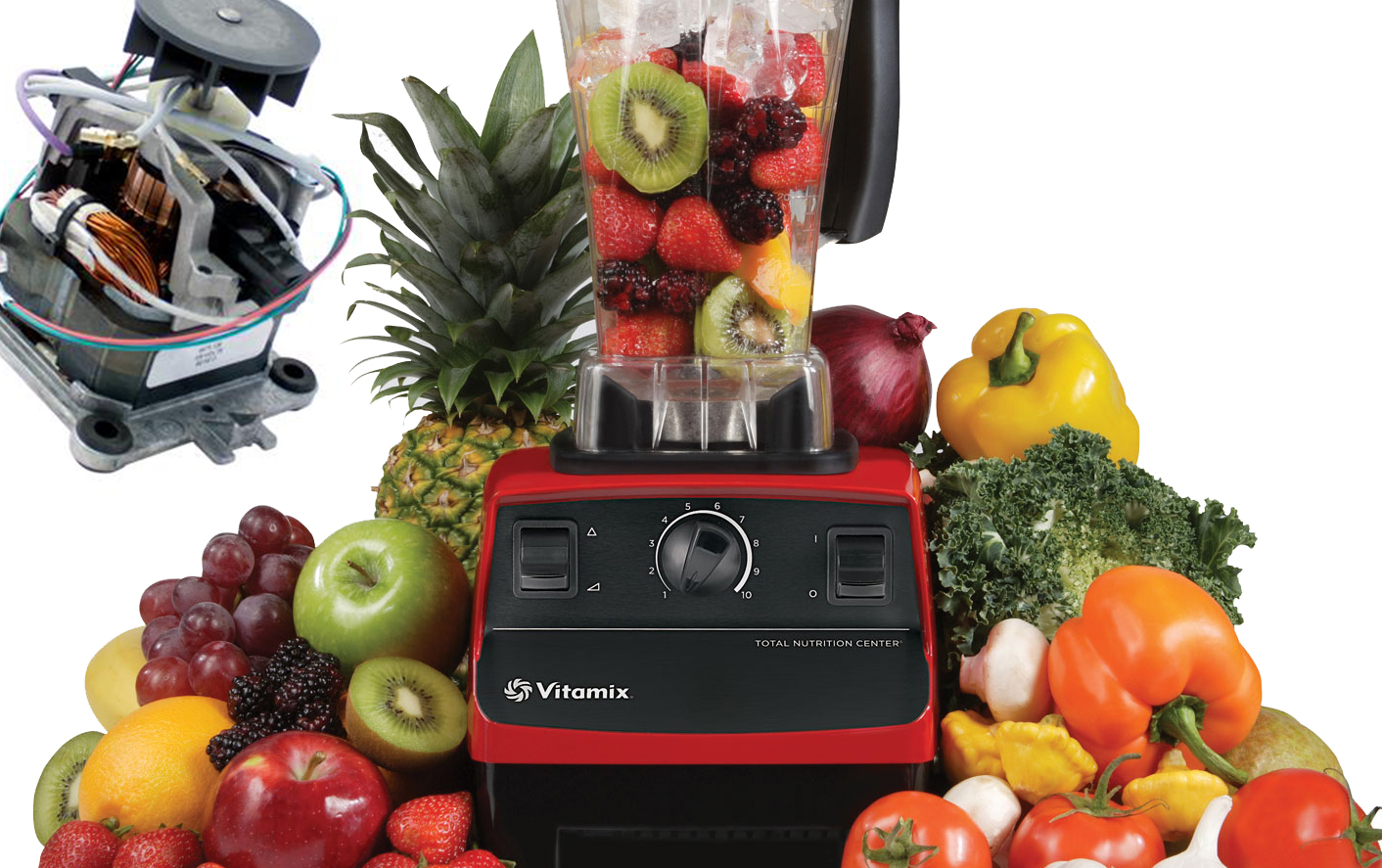
One caveat here: As with any motor with permanent magnets running off line power, permanent-magnet brush dc motors actually take a form of voltage input that’s not straight dc, but that from rectified ac voltage. That means the drive voltage includes ripple from the original ac input’s frequency. The more inconsistency off an ideal dc voltage, the higher the form factor — a measure of how much a motor input deviates from pure dc. In some cases, designers should specify permanent-magnet brush DC motors with ruggedized internal components to withstand a higher form factor … or get better controls to prevent heat-related damage that results from excessive form factors.
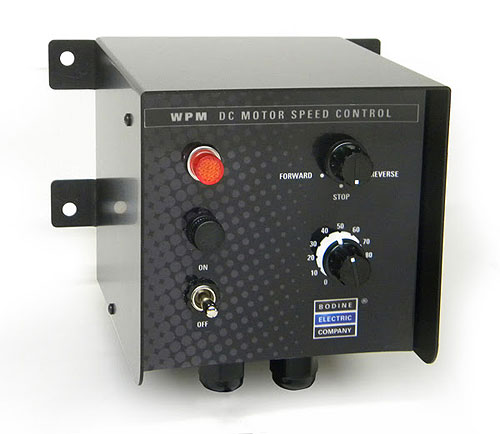
Today, permanent-magnet brush dc motors are (by far) most common in electric-motor applications in passenger vehicles — including windshield wipers, power windows, and power seat positioners. That’s partly because permanent-magnet brush dc motors lack armature interaction so generate high starting and acceleration torques, even to 10 times rated torque.
Permanent-magnet brush dc motors are also common in welding equipment, battery-powered pumps, mobile medical equipment, X-ray and tomography machines, and industrial designs that need momentary power bursts.
Wound-field dc motors: Good for appliances, other designs
Also called universal motors or ac series motors because they accept dc or ac input, these motors have a wound field (stator) coil in series with the armature (rotor) through a commutator. When they run off ac, current in field and armature coils (and the resultant magnetic fields) alternate (reverse polarity) synchronously with the supply. Mechanical output is always in one direction (and a function of commutator and field-coil polarity) no matter the input voltage’s direction. So, wound-field dc motors have high starting torque; are compact and light; and can run at high speed … even to 10,000 rpm (on either ac or dc input).
Wound-field dc motors are common in small household appliances such as vacuum cleaners, cordless power tools, and food mixers. Their only drawbacks are that they’re noisy and exhibit wear (at the brushes) so don’t work well in applications with high duty cycles.
For more information on these motors, also read A New Look at an Old Motor — an article on universal motors that covers the commutator design, commutator films, brush materials, how to specify motor subcomponent features, how to calculate the rate of motor brush wear rates (electrical and mechanical), and the brush grade selection process.
Read the related article: What are dc motors, and how do definitions vary?
From the archives: Ironless dcMotors Deserve a Second Look
Also: What are brushless dc motors? Technical summary for engineers


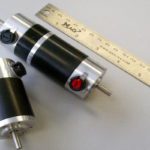
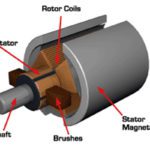
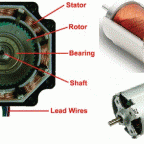


Leave a Reply
You must be logged in to post a comment.